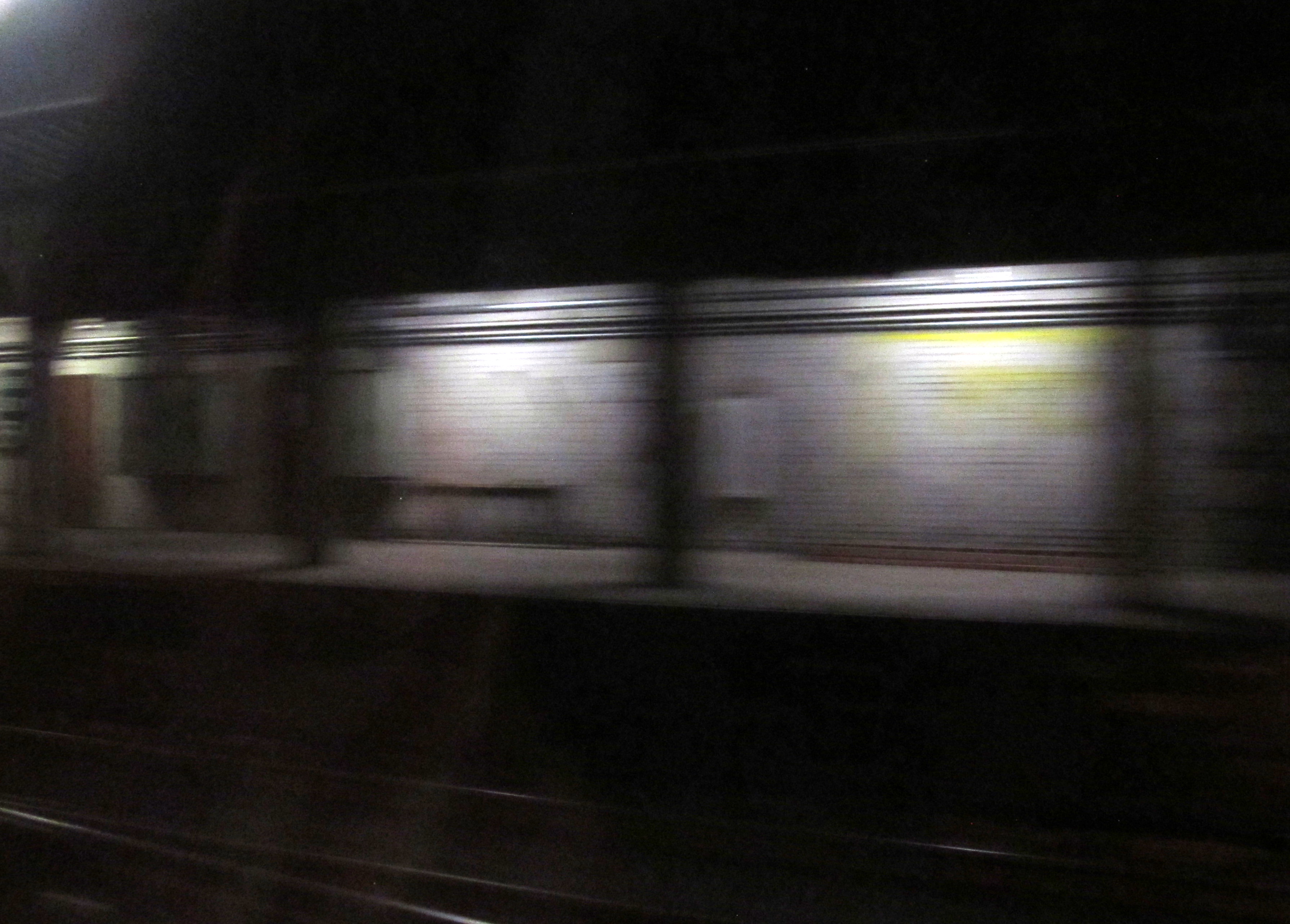Pages, Screens, Technology: Helen McClory’s Pretty Dead Girl Takes a Break’s Haunting Narrative
Abstract
This paper aims to shed light on some characteristics of contemporary Anglophone Gothic literature as they are involved in cultural, social, and technological issues. Drawing on Lars Elleström’s theoretical framework, this contribution examines Helen McClory’s short story Pretty Dead Girl Takes a Break (2015), highlighting how the represented intermedial relationship between literature and screen technology can generate feelings of threat and fright that are deeply connected to a relevant contemporary issue, namely femicide.
Downloads
References
Bolter, Jay D., The Digital Plenitude. The Decline of Elite Culture and the Rise of New Media, Cambridge MA, The MIT Press, 2019.
Bruhn, Jørgen - Schirrmacher Beate (ed.), Intermedial Studies. An Introduction to Meaning Across Media, London-New York, Routledge, 2022.
Bayer-Berenbaum, Linda, The Gothic Imagination. Expansion in Gothic Literature and Art, East Brunswick-London-Toronto, Associated University Press, 1982.
Botting, Fred, Gothic (1996), London-New York, Routledge, 1999.
Carter, Angela, “Notes on the Gothic Mode”, The Iowa Review, 6, 3/4 (Summer - Fall): 132-134, 1975. https://doi.org/10.17077/0021-065X.1927.
Ceserani, Remo, Guida allo studio della letteratura, Roma - Bari, Laterza, 1999.
Edwards, Justin D., Technologies of the Gothic in Literature and Culture. Technogothics, London-New York, Routledge, 2015.
Elleström, Lars (ed.), Beyond Media Borders, Volume 1: Intermedial Relations among Multimodal Media, Basingstoke, Palgrave Macmillan, 2021.
Genette, Gérard, Figure III. Discorso del racconto, Torino, Einaudi, 1976.
Hammond, Adam (ed.), Technology and Literature, Cambridge, Cambridge University Press, 2023.
Hayles, Katherine N., “Intermediation. The Pursuit of a Vision”, New Literary History, 38, 2007: 99-125. https://doi.org/10.1353/nlh.2007.0021.
Johnston, Wendy - Davey, Graham, “The psychological impact of negative TV news bulletins: The catastrophizing of personal worries”, British journal of psychology, 88.1 (Feb 1, 1997): 85-91. https://doi.org/10.1111/j.2044-8295.1997.tb02622.x
Massumi, Brian, “The Autonomy of Affect”, Cultural Critique, 31 (1995): 83-109. https://doi.org/10.2307/1354446
McClory, Helen, On the Edges of Vision (2015), Edinburgh, 404 Ink, 2018.
Mordini, Emilio, “Technology and fear: is wonder the key?”, Trends in biotechnology, 25, 12 (2007): 544-466, doi:10.1016/j.tibtech.2007.08.012
Nowak, Matthias, “Femicide: A Global Problem”, Small Arms Survey Research Notes, 14 (Feb 2012): 1-4. https://www.smallarmssurvey.org/sites/default/files/resources/SAS-Research-Note-14.pdf
Odin, Roger, “The Concept of the Mental Screen. The Internalized Screen, The Dream Screen, and The Constructed Screen”, Screens: From Materiality to Spectatorship: a Historical and Theoretical Reassessment, Eds. Dominique Chateau - José Moure, Amsterdam, Amsterdam University Press, 2016: 176-185. https://doi.org/10.1515/9789048531691-016
Radcliffe, Ann, “On the Supernatural in Poetry. By the Late. Mrs. Radcliffe”, New Monthly Magazine, 16, 1 (1826): 145-152.
Radford, Jill - Russell, Diana E. H., Femicide. The Politics of Woman Killing, New York, Twayne Publishers, 1992.
Reyes, Xavier Aldana, Body Gothic: Corporeal Transgression in Contemporary Literature and Horror Film, Cardiff, University of Wales Press, 2014.
Reyes, Xavier Aldana, “Gothic Affect. An Alternative Approach to Critical Models of the Contemporary Gothic”, New Directions in 21st-Century Gothic. The Gothic Compass, Eds. Lorna Piatti-Farnell - Donna Lee Brien, London-New York, Routledge, 2015.
Stroud, Scott R., “The Dark Side of the Online Self: A Pragmatist Critique of the Growing Plague of Revenge Porn”, Journal of Mass Media Ethics 29, 3, 2014: 168-183, doi:10.1080/08900523.2014.917976.
Taylor, Rae - Jasinski, Jana L., “Femicide and the Feminist Perspective”, Homicide Studies, 15(4), 2011: 341-362, https://doi.org/10.1177/
UNODC and UN Women, Femicides in 2023: Global Estimates of Intimate Partner/Family Member Femicides, United Nations Publications, 2024, https://www.unwomen.org/sites/default/files/2024-11/femicides-in-2023-global-estimates-of-intimate-partner-family-member-femicides-en.pdf.
Virginás, Andrea, “Electronic Screens in Film Diegesis: Modality Modes and Qualifying Aspects of a Formation Enhanced by the Post-digital Era”, Beyond Media Borders, Volume 1: Intermedial Relations among Multimodal Media, Ed. Lars Elleström, Basingstoke, Palgrave Macmillan, 2021: 141-169.
Weil, Shalva, “Making femicide visible”, Current Sociology, 64 (7), 2016: 1124-1137, https://doi.org/10.1177/0011392115623602.
Weil, Shalva - Corradi, Consuelo - Naudi, Marceline (eds.), Femicide across Europe: Theory, Research and Prevention, Bristol University Press, 2018.
Wester, Maisha - Reyes, Xavier Aldana, “Introduction. The Gothic in the Twenty-First Century”, Twenty-First-Century Gothic. An Edinburgh Companion, Eds. Maisha Wester- Xavier Aldana Reyes, Edinburgh, Edinburgh University Press, 2019: 1-16.
Copyright (c) 2025 Maddalena Carfora

This work is licensed under a Creative Commons Attribution 4.0 International License.
Copyright Notice
You are free to copy, distribute and transmit the work, and to adapt the work. You must attribute the work in the manner specified by the author or licensor (but not in any way that suggests that they endorse you or your use of the work).









